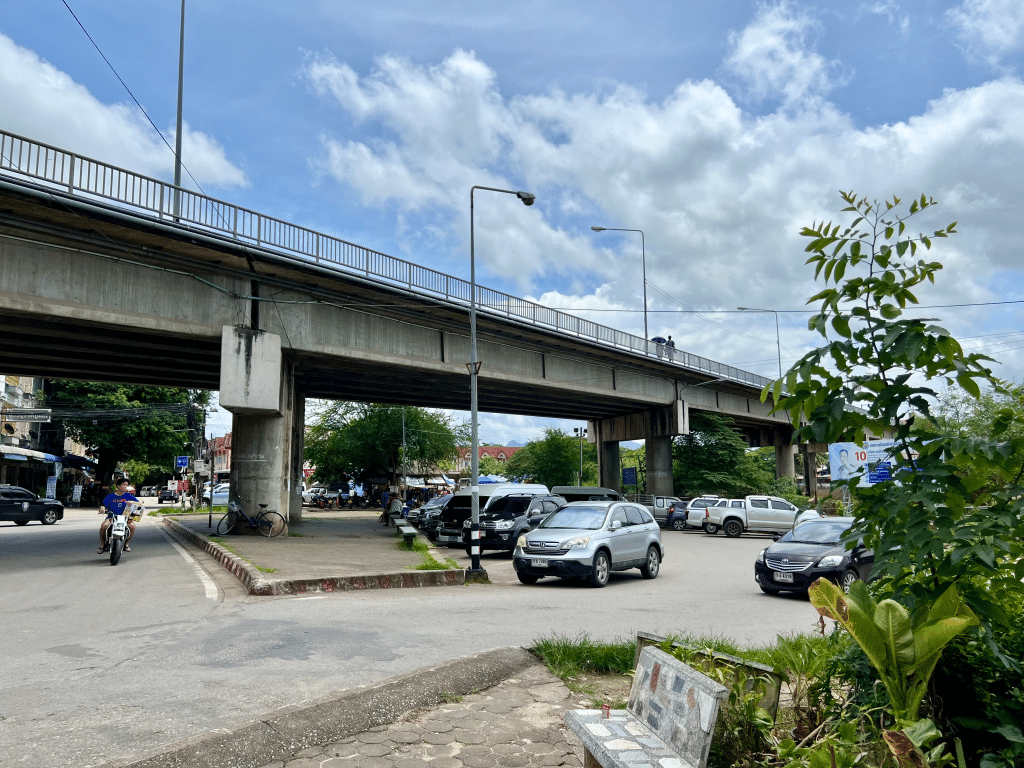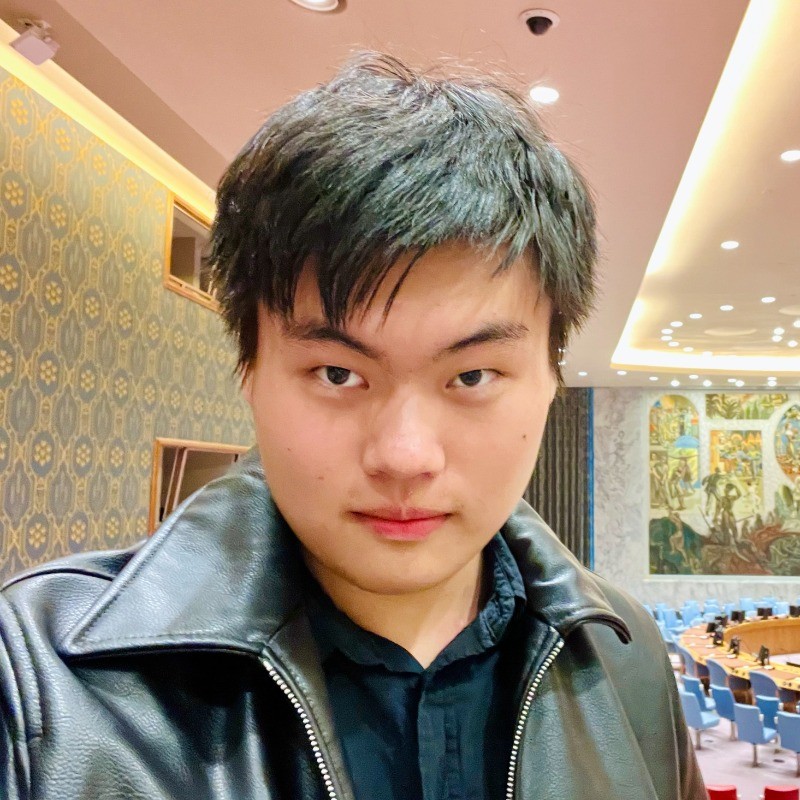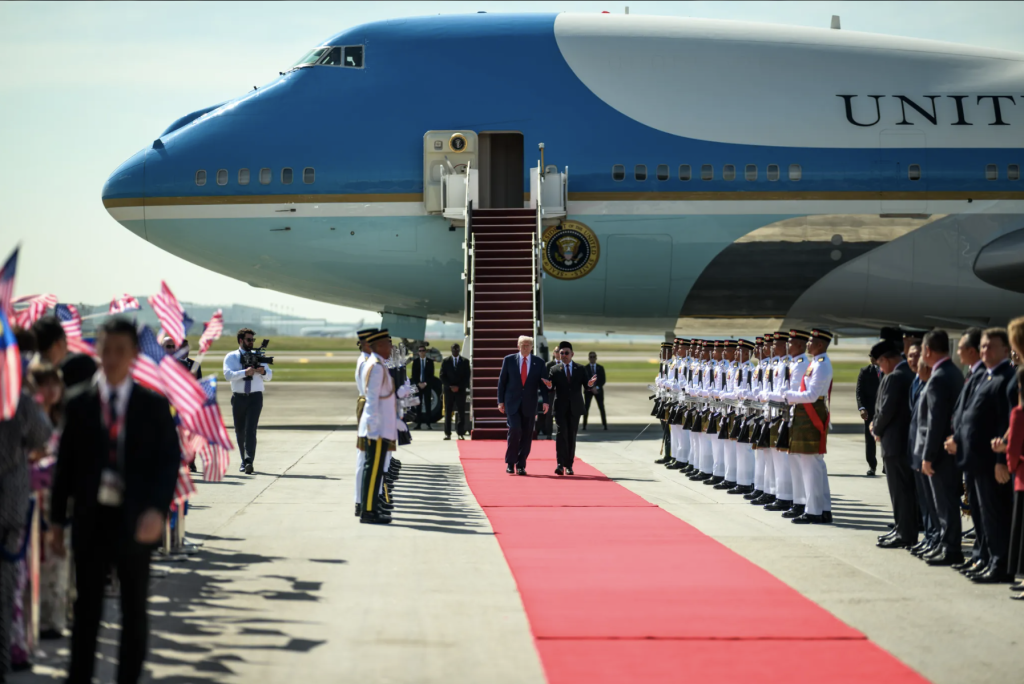China Should Leave the Junta in Myanmar Behind

Dialogues with Burmese Exiles and Activists
Myanmar’s democratically-elected government headed by the National League for Democracy (NLD), elected in 2015, was removed from power through a military coup in 2021. The re-imposition of military rule on Myanmar’s population and the consequent civil war across Myanmar’s heartland and border regions has created a new wave of humanitarian crises and challenges. Nearly two million Burmese refugees have flowed into neighboring Thailand as of January 2024, with the figure likely significantly higher as a result of the junta’s conscription order issued in February 2024. The civil war also created more space for organized crime syndicates in Myanmar’s border regions to court the protection of Border Guard Forces (BGF), militias that are sponsored by the junta in Naypyidaw.
Despite its constant claims of noninterventionism as a principle in foreign policy, China has not been on the sidelines in the conflict in Myanmar since its beginning. In the words of Chen Hai, China’s Ambassador to Myanmar, “The changes in Myanmar’s political situation are internal affairs of Myanmar, but they will have spillover impacts on Myanmar’s relations to other countries.”
While Western powers like the United States, United Kingdom, and European Union states have pursued a human rights-centric policy agenda, and re-imposed sanctions on the junta after the 2021 coup, China has deliberately left itself much more strategic flexibility in the situation. On one hand, China has supported the junta despite substantial Western sanctions prior to the political reforms beginning in 2010; on the other hand, it has maintained strong economic ties with the NLD administration during its time in power, with Aung San Suu Kyi visiting China for 5 times during her tenure as State Councilor, and Xi Jinping announcing that he aimed to create a “China-Myanmar community of shared destiny (命运共同体)”.
This strategic flexibility continued in China’s response to the 2021 coup. In its official communications, it recognized the NLD before the junta-backed Union Solidarity and Development Party (USDP); yet, it opposes any efforts from the opposition to engage in guerilla warfare and armed resistance, arguing that all factions should pursue a negotiated peace, based on the 2008 Constitution, a document that left significant power for the Tatmadaw.
Three and a half years after the military coup, Myanmar remains embroiled in a heated civil war. On the one hand, the junta continues to receive arms shipments from overseas, totaling around $630 million between 2022 and 2024, making it a powerful adversary for the National Unity Government (NUG) linked People’s Defense Forces (PDF), as well as Ethnic Armed Organizations (EAOs) across Myanmar’s border regions.
On the other hand, the Northern EAOs have made significant gains against the junta since the launch of ‘Operation 1027’ starting in October 2023, with the “Brotherhood Alliance” of the Arakan Army (AA), the Myanmar National Democratic Alliance Army (MNDAA) and the Ta’ang National Liberation Army (TNLA) claiming much of the Kachin State and the Shan State.
Many speculate that China may have tacitly approved the offensive, as it is difficult to organize such a major assault immediately next to the Chinese border without its knowledge and approval. The operation’s stated goals included “combating telecommunication fraud and organized crime” in the region, which aligns with China’s interest in protecting its own nationals from transnational crime.
For China, however, Operation 1027 seems to have been too successful—it wanted the offensive to hurt the junta-backed Border Guard Force units, not the junta itself. China led ceasefire talks between the EAOs and the junta in December 2023, but the deal quickly fell through. Most recently, the MNDAA claimed to have captured the key strategic city of Lashio on August 3, 2024, providing it a base for an attack on Mandalay, Myanmar’s second-largest city—clearing the path to access Lower Burma, and the heartland of junta-controlled Myanmar.
Views from the Thai-Myanmar Border
It was during this eventful summer that I traveled to Mae Sot, the Thai border town right across from Myanmar’s Myawaddy, to talk with Burmese exiles and ask about their views on where they think the country is headed, and what assistance they hope to receive from the international community as the quest to reinstate the democratically elected government continues into its third year. As a Chinese citizen and activist, I was particularly curious to learn what they thought about China’s role in the situation in Myanmar.
The day after I arrived in Mae Sot, I emailed the Assistance Association for Political Prisoners (Burma), hoping to visit their museum in Mae Sot. The AAPP was originally founded after the ‘8888’ pro-democracy movement, with the aim to document junta atrocities and to create a repository for testimonial evidence for future processes of transitional justice. The museum moved to Yangon during the 2010s political reforms; it moved back to Mae Sot after the 2021 coup.
KS (a pseudonym) works at the AAPP museum. He replied to my email within 30 minutes, and we set up a time to meet so that he could show me the museum. I noticed in his reply that they used Protonmail, a Swiss-based email service with enhanced privacy protection, often used by activists; I used the same email service to contact him. The activist know-how and security protocols that the Burmese activist community uses felt very familiar as they are used in Chinese activist spaces too. People introduce themselves by pseudonyms, exchange contact information on Signal, and ask about the other person’s politics before saying anything more.
The museum was not easy to find. When I arrived at the address KS sent me, there were only a few one-story houses. I wandered into one of the front yards and saw a middle-aged man who turned out to be KS. I asked if this was the AAPP; he said yes.
KS was an activist from the ‘8888’ generation—he was held in military prison for years, subject to various forms of torture, illustrated in the museum with real photos or renditions of the different methods of torture that the junta used in these prisons.
I asked him if he thought about moving to a Western country and claiming asylum status there – with his background working in an activist archival organization and being detained for years, he would easily qualify for political asylum.
“I could have gone to the West, yes, but I wanted to stay here,” he told me. “Once you leave this border, and once you leave this environment, the struggle feels different.” This was something I could relate to: even though I was born and raised in China, studying in the United States has often made me feel removed from ‘everydayness’ in my home country.
After we walked around the single exhibition room that constituted the museum, I asked about his thoughts on different questions floating in my mind. He told me that he had no ill will toward the Chinese people, and that he believed most people in the Burmese activist community felt the same. “China is our neighbor, and it is a powerful neighbor; we cannot move our country away from you if we wanted to.”
His sentiment tracks with the NUG’s stated position on China. In a January 2024 press release, the NUG states that “as Myanmar and China are neighboring countries with a shared border […] and bound to coexist as long as the Earth endures, Myanmar remains committed to fostering a genuine ‘Pauk-Phaw’ [fraternal] relationship between the two countries and endeavor to be a good neighbor to China.” It further promises to “safeguard Chinese economic investments and other socio-economic enterprises within Myanmar,” as well as banning “organization[s] that pose a threat to the national security of neighboring countries.”
When asked about anti-China sentiments in the Burmese opposition community, he acknowledged that some people in the community feel that China has been a collaborator with the Tatmadaw since the February 2021 coup. “In a way, it is China interfering in our internal affairs,” he said. “Some people even feel like China may want to take parts of Northern Myanmar as a part of its own territory.” The skepticism of Chinese influence in the country has never really gone away, even in the years of the Aung San Suu Kyi administration; the military coup and the subsequent ambiguous response from China merely heightened the distrust.
Despite the many similarities that Burmese activists and opposition movements have with the Chinese opposition, and despite skeptical sentiments toward China in sections of the Burmese opposition that sees China as a collaborator with the junta since the February 2021 coup, the NUG and EAOs in Myanmar are conscious that Chinese support is instrumental to any attempt at state building moving forward.
For KS, however, the argument is not simply that the Burmese anti-coup forces need China; in fact, China would benefit from ditching the junta and supporting the NUG and EAOs to attain a decisive victory.
Given the present state of the war, neither side would accept the other attaining complete control over the entire country; not only is this not desirable for anyone, it is also not possible given the stalemate with multiple rival armed forces. This would make projects like the Muse-Mandalay Railway project extremely challenging. China cannot realistically contract with an NUG that does not have full control over the entire country, but entities like the PDF have already vowed to attack Chinese-funded projects if China contracts with the junta in the current state of the civil war. The many more projects within the planned China-Myanmar Economic Corridor (CMEC) would face similar challenges should the war remain in a stalemate, or if the junta remains in incomplete power.
“China may be concerned that without the junta in power, Burma will not have a stable government,” KS told me, “But the Chinese government must realize that the junta is on its way out, and it cannot place its bets solely on a failing autocracy. If they are genuine about non-interference, they need to trust that the Burmese people will create a stable, secure, and free federal democracy that will welcome principled investment from all countries of the world, including China.”
Later that day, I met KTN (a pseudonym), a Burmese revolutionary who fled to Mae Sot after being detained by the junta for participating in peaceful protests, at a Burmese café in Mae Sot. He is originally from Yangon, the largest city in Myanmar, working in one of South Asia’s largest e-commerce companies as a white-collar worker. After visiting the café a few times, I asked him to join me for some drinks on the night before I left Mae Sot.
I asked him questions similar to those I asked KS. Over the past few days, we talked a lot about activist work in our two countries—there were many times when I felt like I had seen myself in him, and the Chinese activist community within the Burmese one. He told me, “We really do not have any ill will toward the Chinese people.” He spoke some Chinese, which he told me was something that his ethnic-Chinese friends back home taught him.
KTN also told me that the Spring Revolution took a lot of inspiration from the Hong Kong protests in 2019, and that he hoped to make more connections across civil societies between the two countries. Indeed, while the Chinese and Burmese states have continued to claim a close “Pauk-Phaw relationship,” the Chinese and Burmese people living in each country’s heartland have not had many opportunities to really learn about each other. Activist communities, which have always maintained a culture of secrecy out of a self-preserving necessity, have not had the chance to learn about each other’s cultures and practices.
The two movements have many commonalities—this includes common problems as well. Much of the ‘older generation’ in the ‘Chinese pro-democracy’ space continues to be Han-chauvinist, holding the perspective that ‘democracy’ is the panacea for all the problems in today’s China—overlooking discourses of ethnic and gender minority rights, which cannot necessarily be directly addressed by representative democracy. Within Myanmar, the recent advances of the Arakan Army have created another humanitarian crisis for Rohingya refugees. Rohingya activist Wai Wai Nu has even gone so far as to say that this wave of attacks feels “like it is the end of the world,” and that they are “worse than in 2017.”
There is a sense of revolutionary optimism within the exile activist community in Mae Sot today, particularly since the advances made by the Northern EAOs to capture Lashio. Given this context, China should move beyond trying to broker a peace that leaves the junta with substantial power—this will only be the recipe for another coup and further instability in Myanmar, which will continue to impact Chinese economic and strategic interests. Its attempt at brokering peace in late 2023 under status quo frameworks has already failed. Instead, China should substantially increase its engagement with the government-in-exile and EAO representatives in preparation for a future democratic Myanmar and secure its economic and political leverage in the post-war reconstruction.
Bilateralism Beyond the ‘Democracy-Dictatorship’ Binary
For Chinese and Burmese civil societies alike, it is important to recognize that our movements may carry within them problems inherited from the authoritarian states that gave birth to the movements. The ‘democracy-dictatorship’ binary has never been a functional framework for genuinely understanding the issues within Chinese and Burmese politics: the Rohingya crisis of 2017, and the Aung San Suu Kyi government’s extensive collaboration with the Chinese states are clear demonstrations of this.
At the same time, it is also important for civil society and opposition movements from each country to learn from the experiences of each other and try our best to move forward and tackle these issues we inherit from the past, so as to not repeat the historical tragedies of the Rohingya crisis or warlord rule in the years of Kuomintang rule.
The Chinese people and Burmese people have much to learn from each other; but even if we look at the situation from the perspective of the Chinese state, it is time for China to jump the sinking ship of the junta in Myanmar and set itself up for an advantageous position in the many needs for economic investments that will arise in Myanmar’s reconstruction. If it does not want to bet on the NUG’s complete victory and the successful establishment of a truly functional federal democratic state, it should at least hedge its bets, and prepare for a scenario where the junta is ousted from power.
Diego Ge is an activist studying Political Science at Duke University. You can follow his writing here.
The views expressed in this article represent those of the author(s) and not those of The Carter Center.



